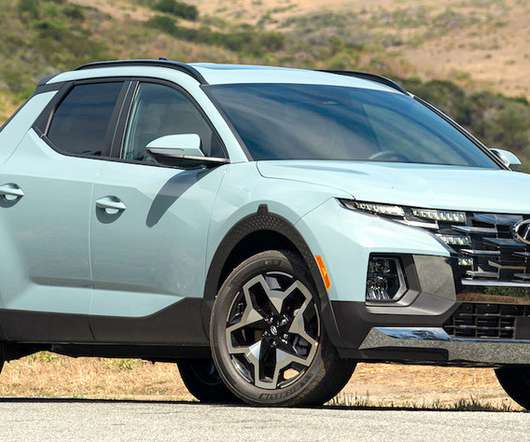Average carbon intensity of oil sands production has dropped ~36% in last 40 years; still 12-24% higher than conventional oil CI
Green Car Congress
NOVEMBER 21, 2013
The carbon intensity (CI) of Alberta oil sands production has significantly decreased over the last 40 years, according to a new study by a team from Stanford University published as an open access paper in the journal Environmental Research Letters. Click to enlarge. System boundary for mining & upgrading pathway. Englander et al.
























Let's personalize your content